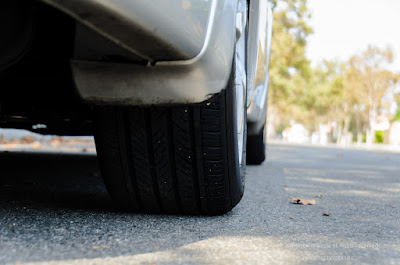Seeing Differently ... or thoughts on perspective
 So many things go into creating a photo that you hope shares a thought or feeling you hoped to capture. Its so easy to just lift the camera to your eyes and just click that button. It does us all good to ask before we even start to lift the camera that we ask ourselves some really good questions.
So many things go into creating a photo that you hope shares a thought or feeling you hoped to capture. Its so easy to just lift the camera to your eyes and just click that button. It does us all good to ask before we even start to lift the camera that we ask ourselves some really good questions.First of all, what is it "exactly" that I want other people to see.
Because maybe there is some detail that really caught our eye or maybe its the context in which the subject is placed. Thinking about this will determine how close or how far away we need to be to view the object. It might be easier to just click and go but those pictures are going to be around a long time and so we want to make sure we have it "right"
 One of the best tools in our composition tool bag is perspective. Think of this scene two kids are eating ice cream the older brother (taller) is laughing as his younger sister (smaller) ice cream falls to the ground and she is starting to cry. You could..
One of the best tools in our composition tool bag is perspective. Think of this scene two kids are eating ice cream the older brother (taller) is laughing as his younger sister (smaller) ice cream falls to the ground and she is starting to cry. You could..1) Take a picture of them as part of larger context
2) From the older child's perspective and the camera is pointing down to his sister
3) From the perspective of the younger child's view looking up at her brother
4) From the Point of view (pov) of an interested on looker
5) fill in the blank
What is helpful to note is that you have options. Having those options tells you that you might have to adjust where you are to make the scene more fulfilling of your thoughts on the matter. Where you going to take it landscape or vertical? These are important questions we all have to ask each and every time we take a picture.
A really good explanation of Perspective is covered by Morgan Freeman in his "The Photographer's Eye" book and it does to show how there are two distinct types of perspective and states "Perspective is the appearance of objects in space and their relationship to each other and the viewer. More importantly usually in photography it is used to describe the intensity of the impression of depth." Understanding the result helps you to use your tools better.

 We need to keep in mind the viewer of our photos. Are all our shots from our eye level? Would it look more interesting if you were shooting up ? Perhaps you can climb up and shoot downward. This note of caution exists that while we can go crazy with POV that the further you go away from the direct view the more you composition needs to have a reason for doing so otherwise the shot will look contrived and become tiresome to the viewer. Thinking before clicking will definitely improve your perspective no matter how you look at it.
We need to keep in mind the viewer of our photos. Are all our shots from our eye level? Would it look more interesting if you were shooting up ? Perhaps you can climb up and shoot downward. This note of caution exists that while we can go crazy with POV that the further you go away from the direct view the more you composition needs to have a reason for doing so otherwise the shot will look contrived and become tiresome to the viewer. Thinking before clicking will definitely improve your perspective no matter how you look at it.
.JPG)

Comments
Post a Comment